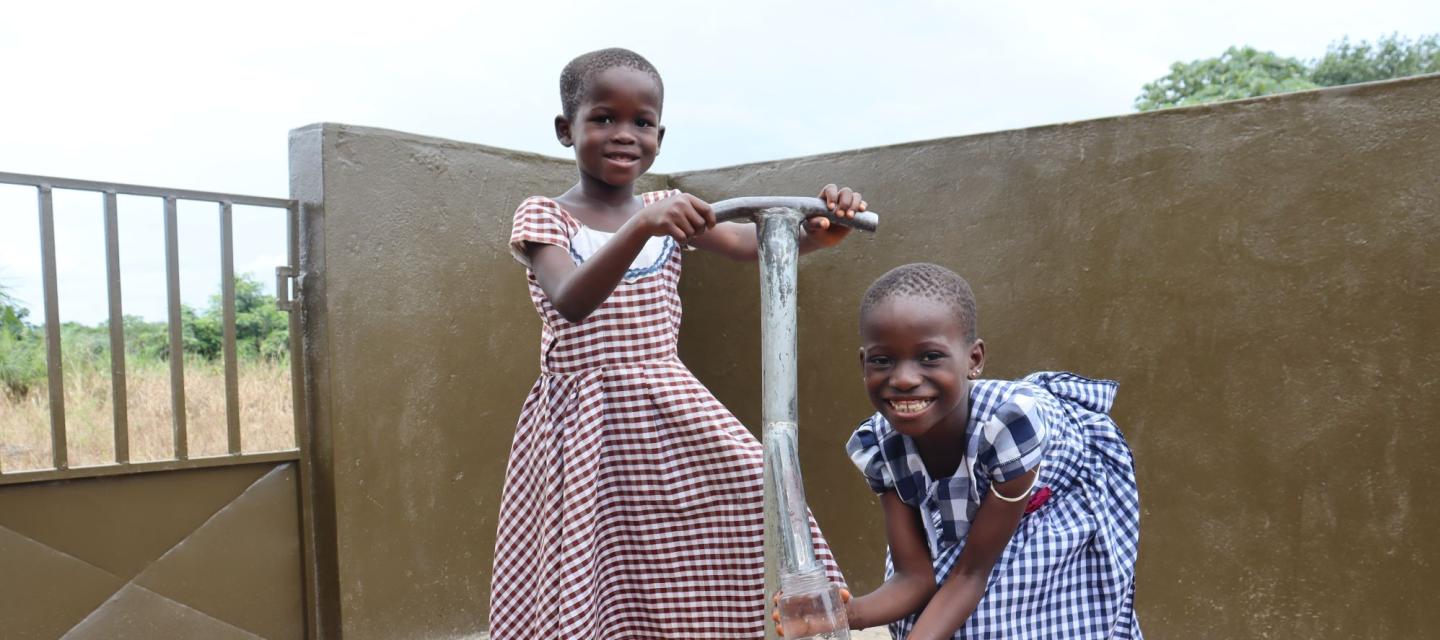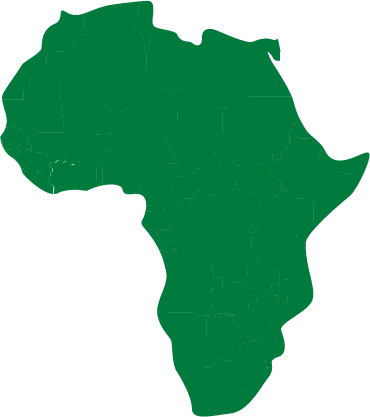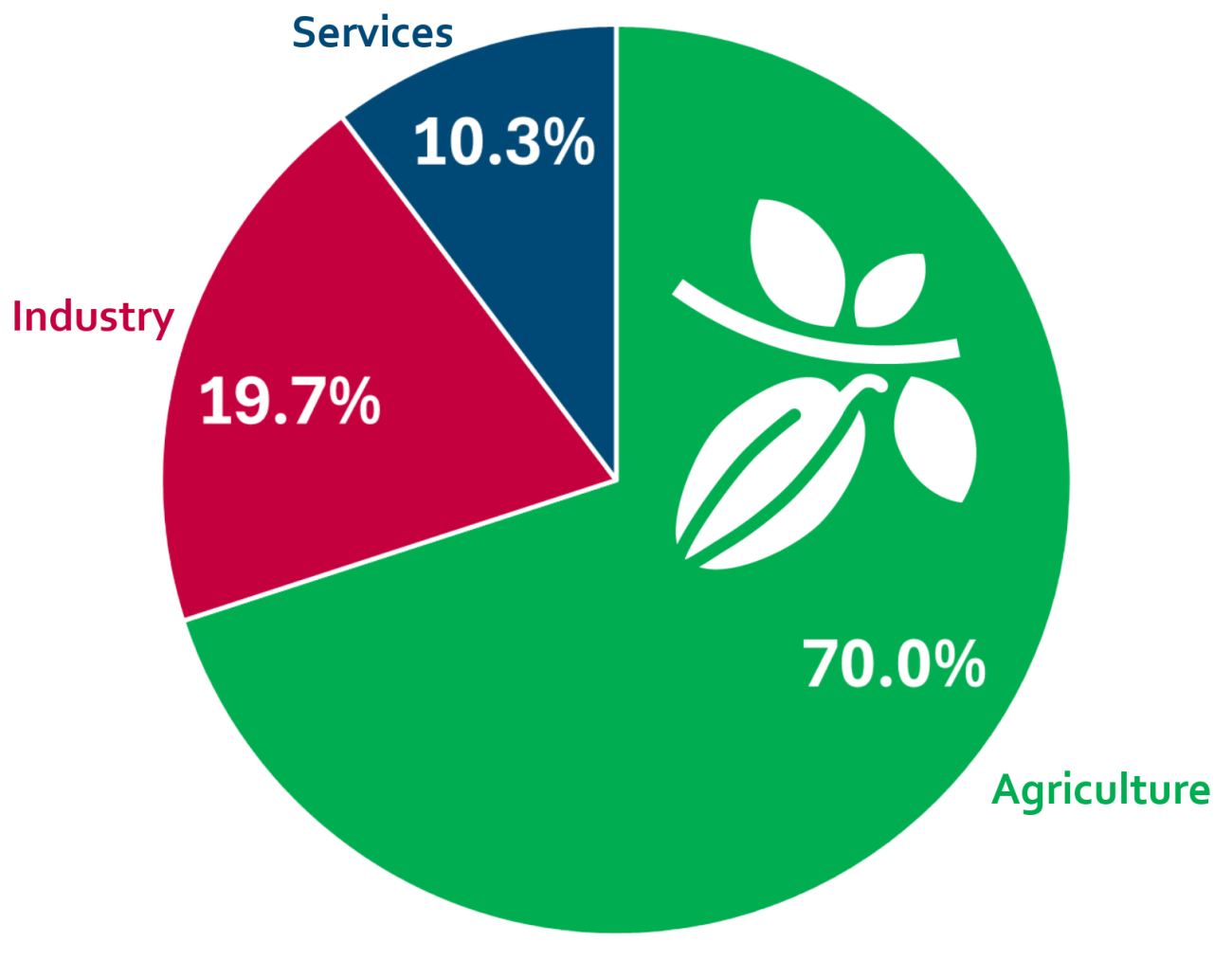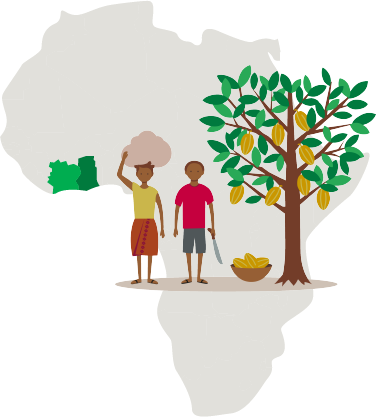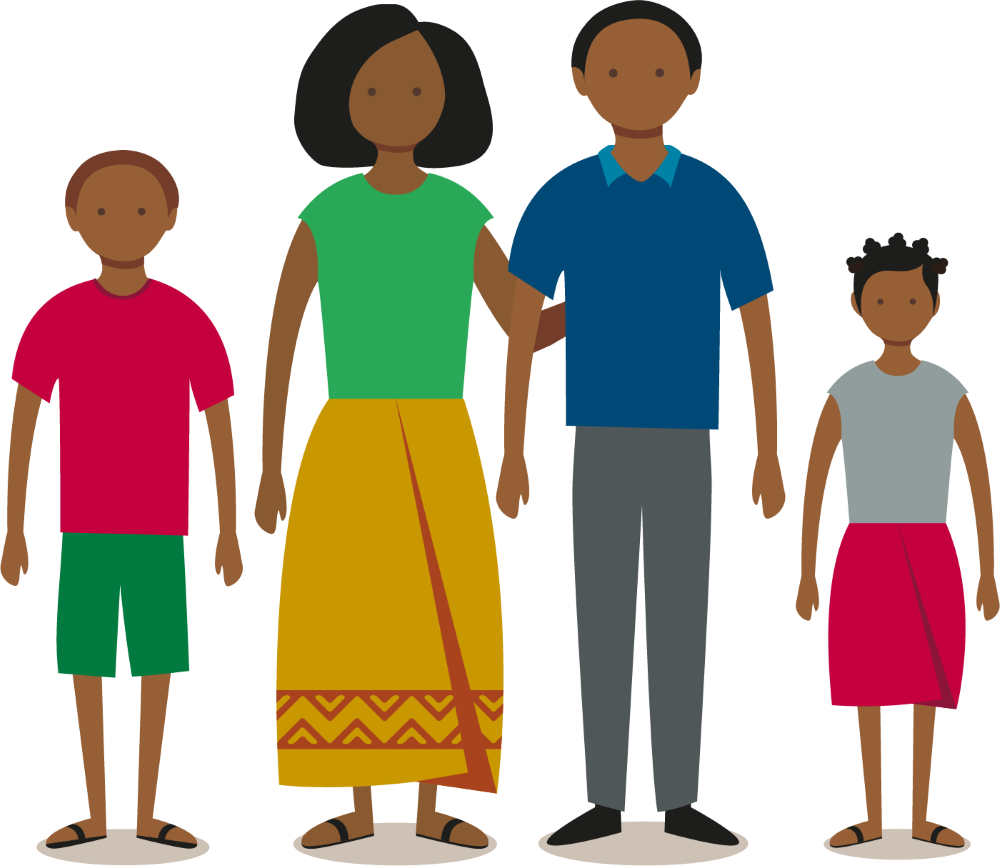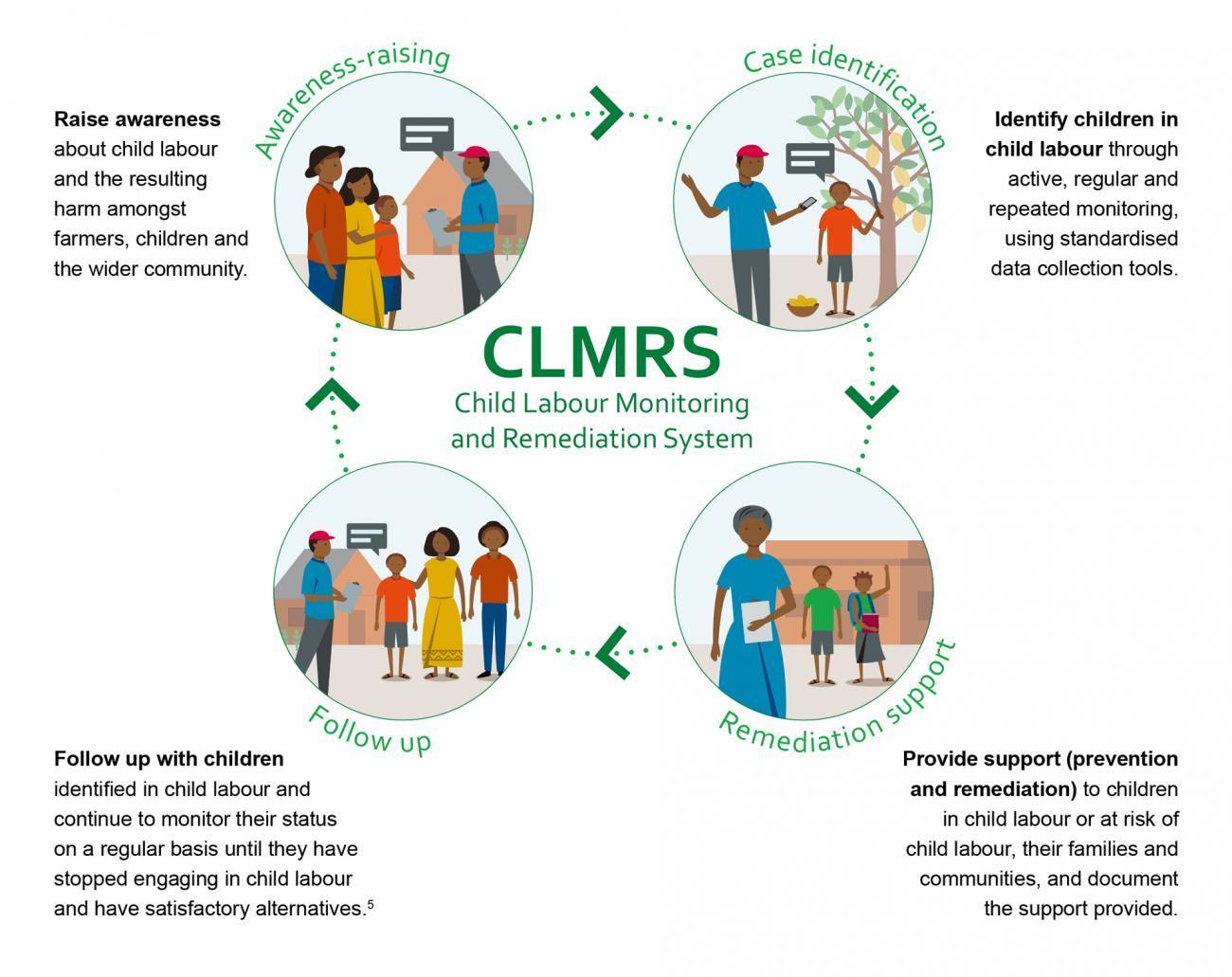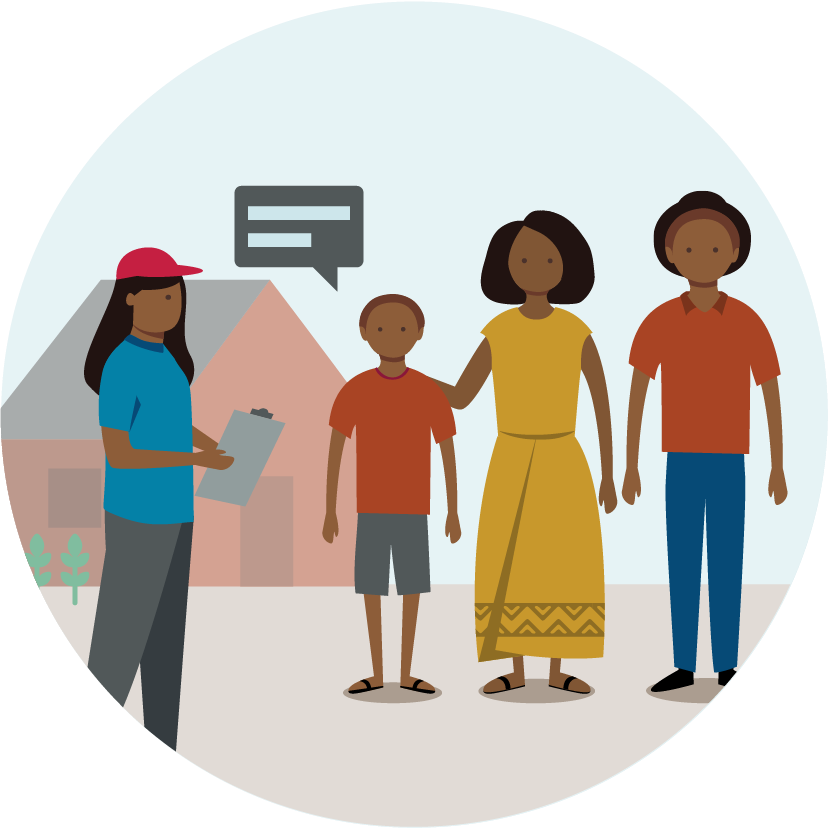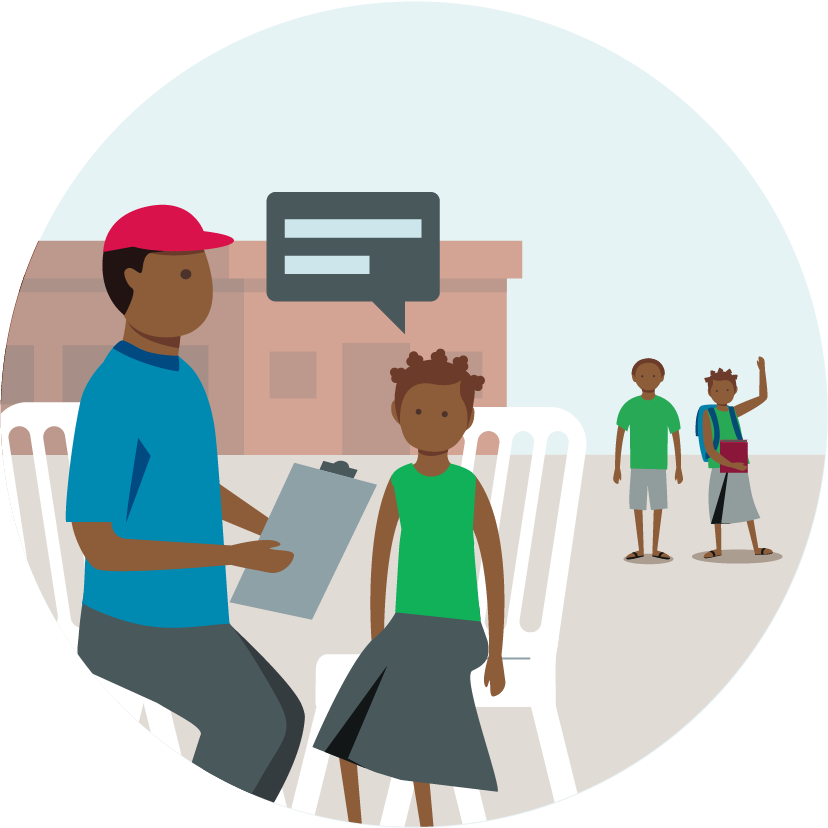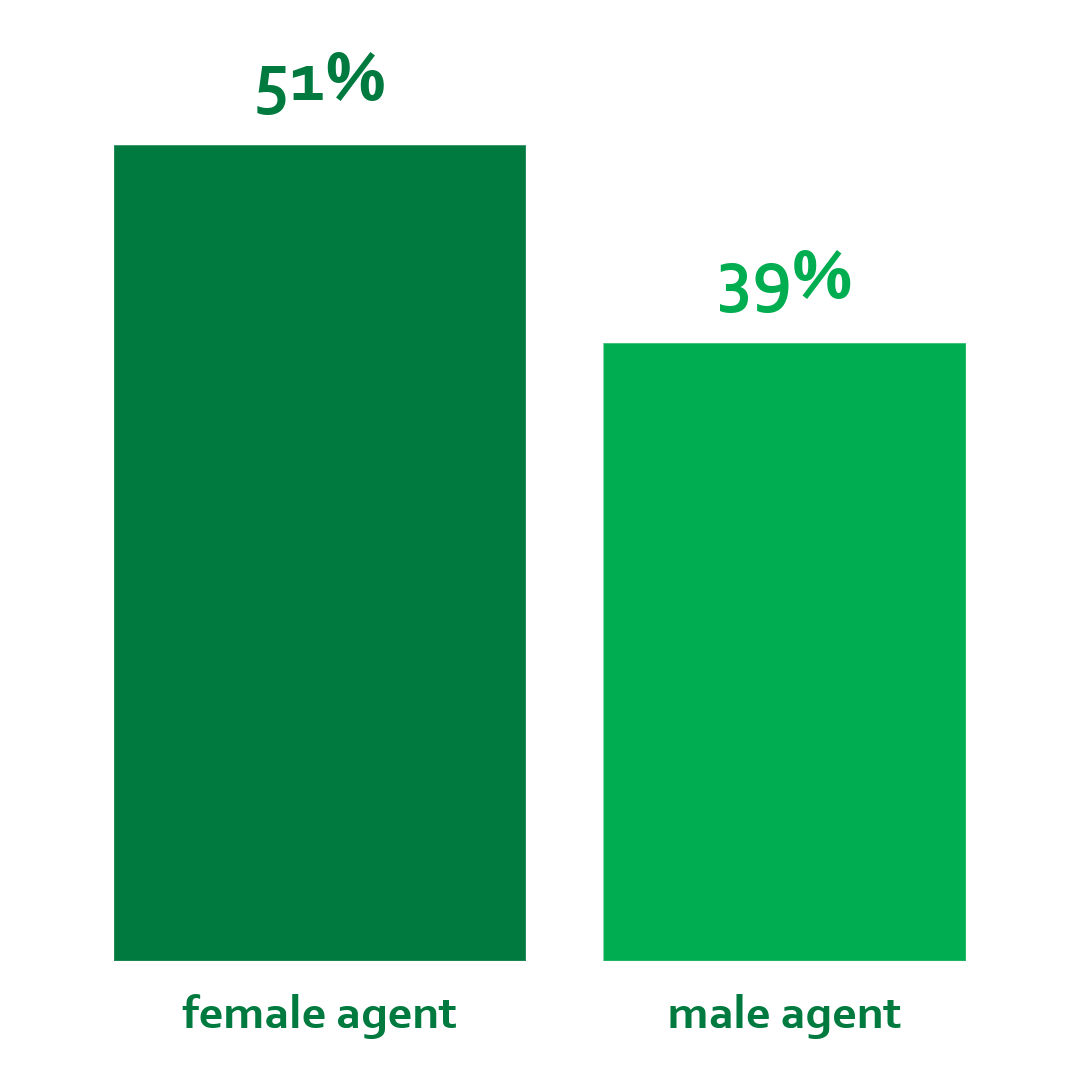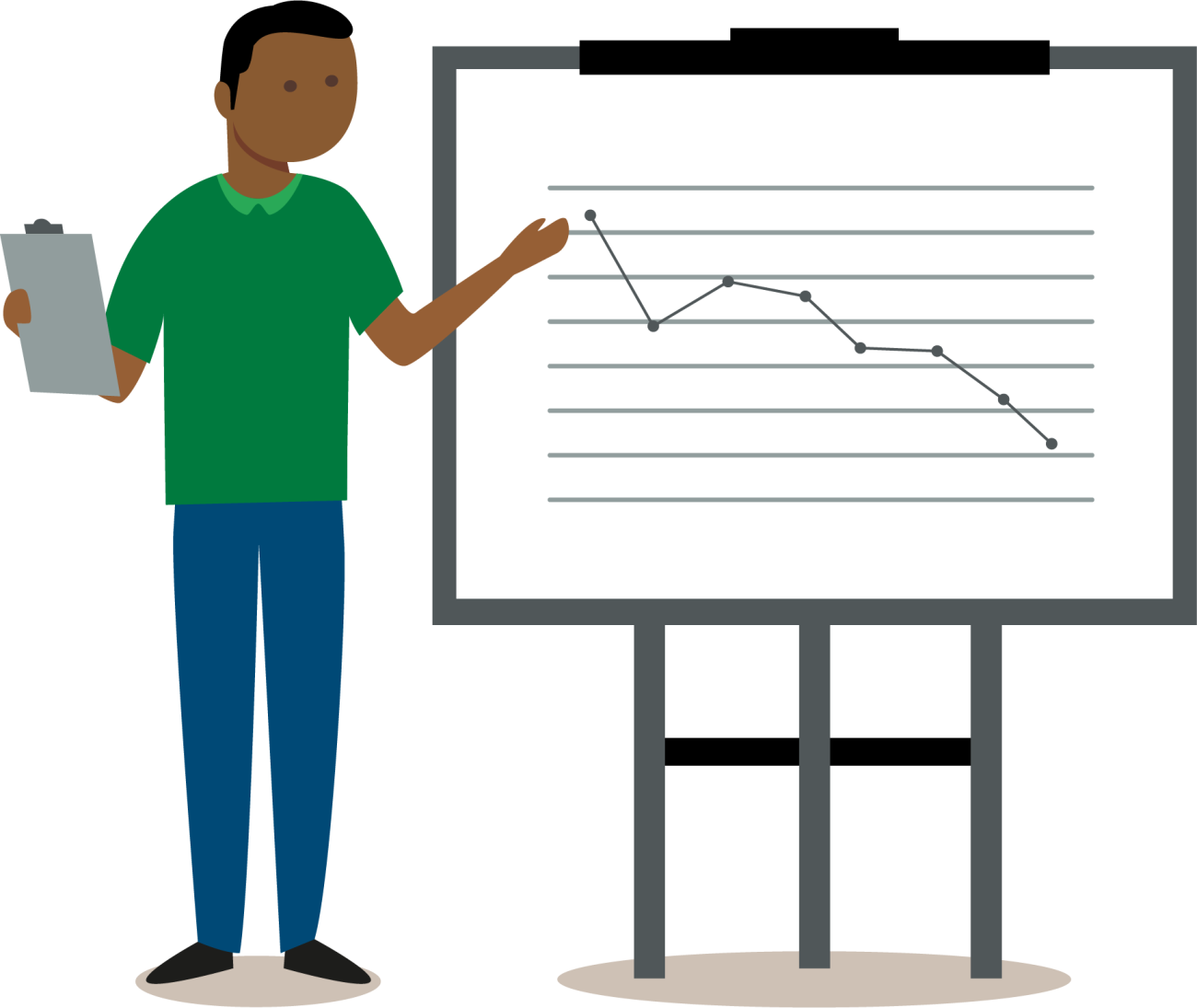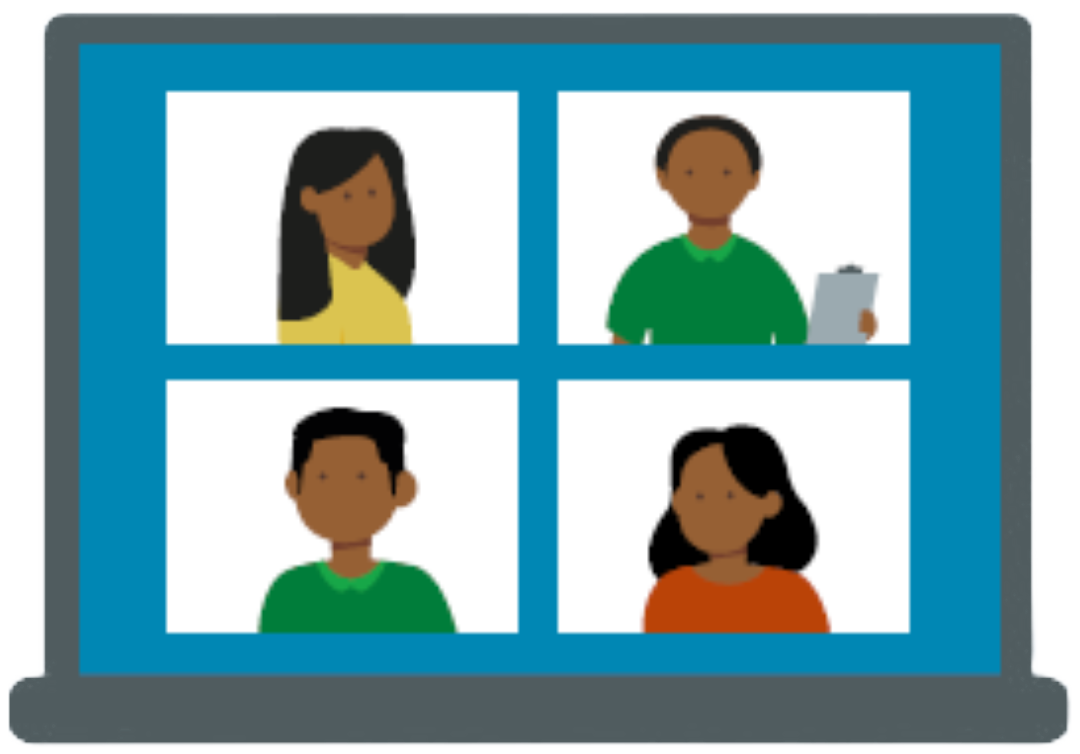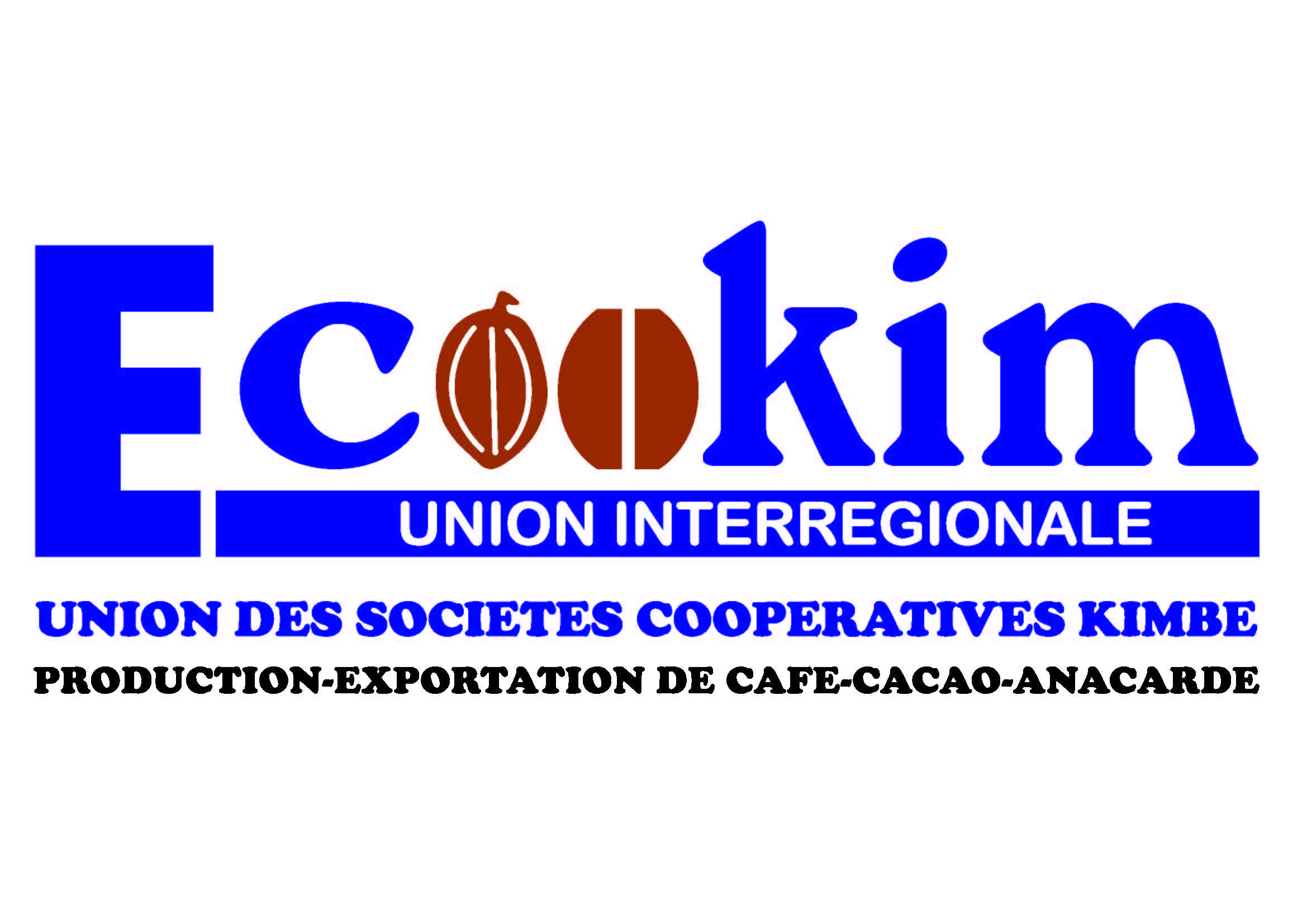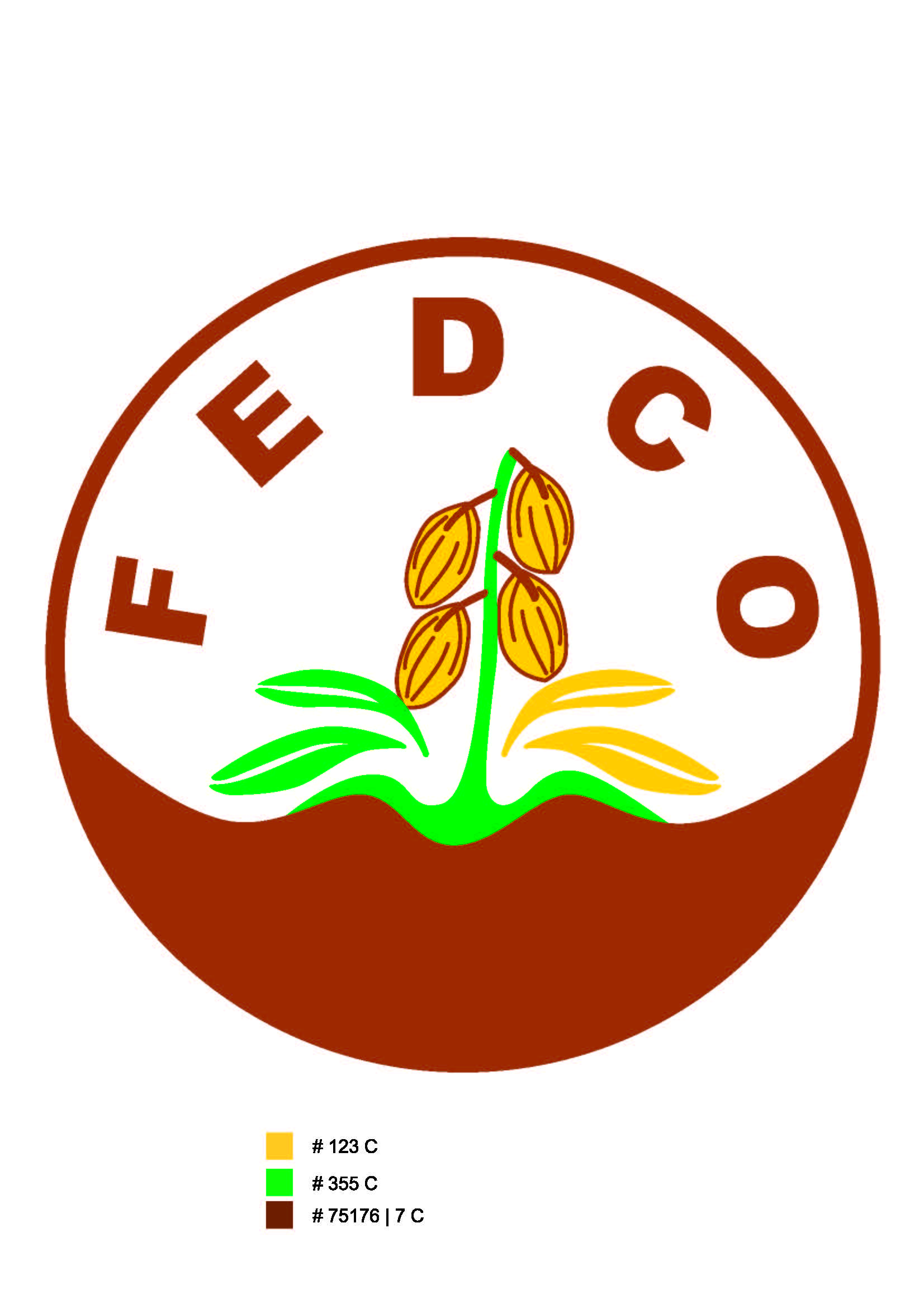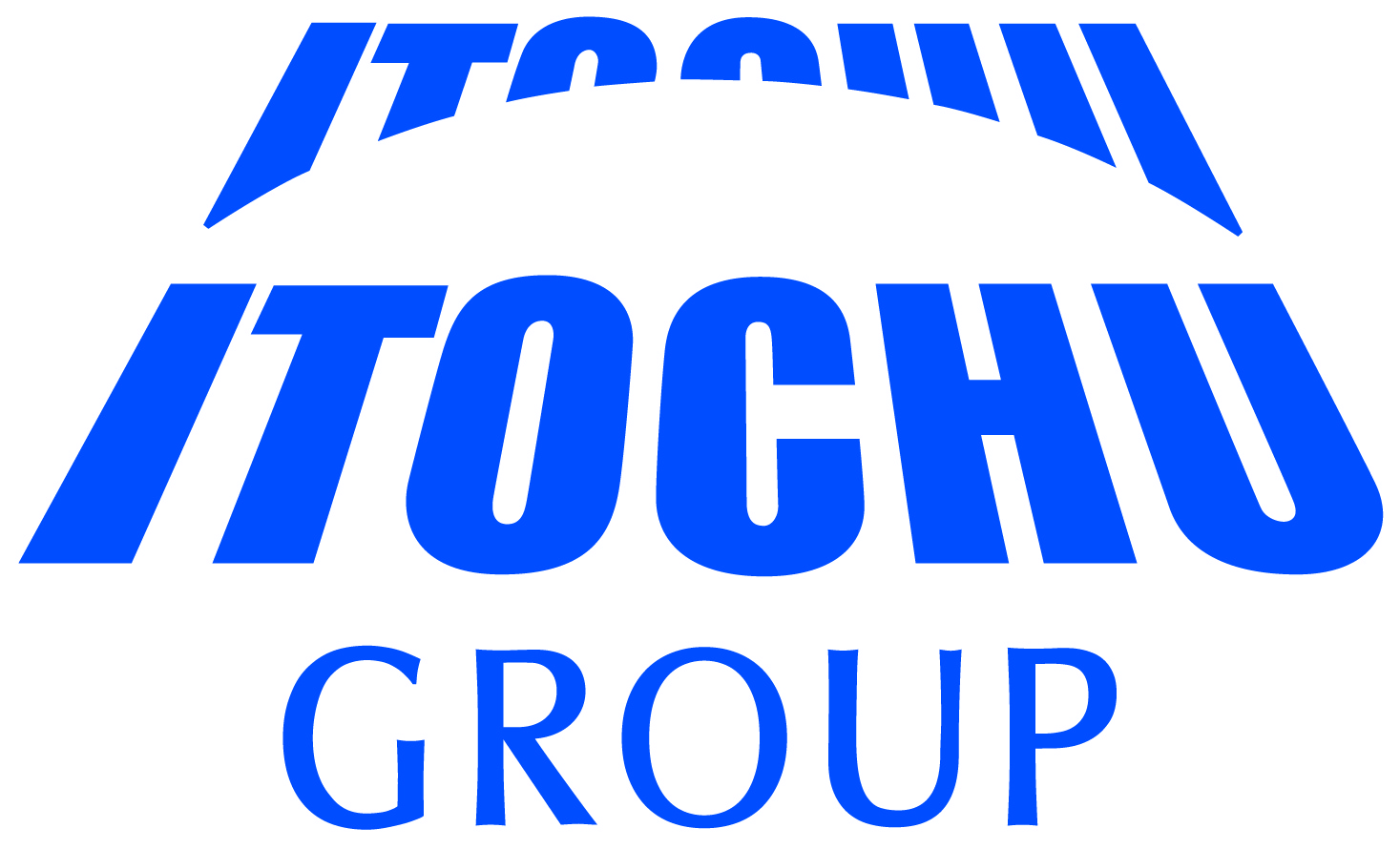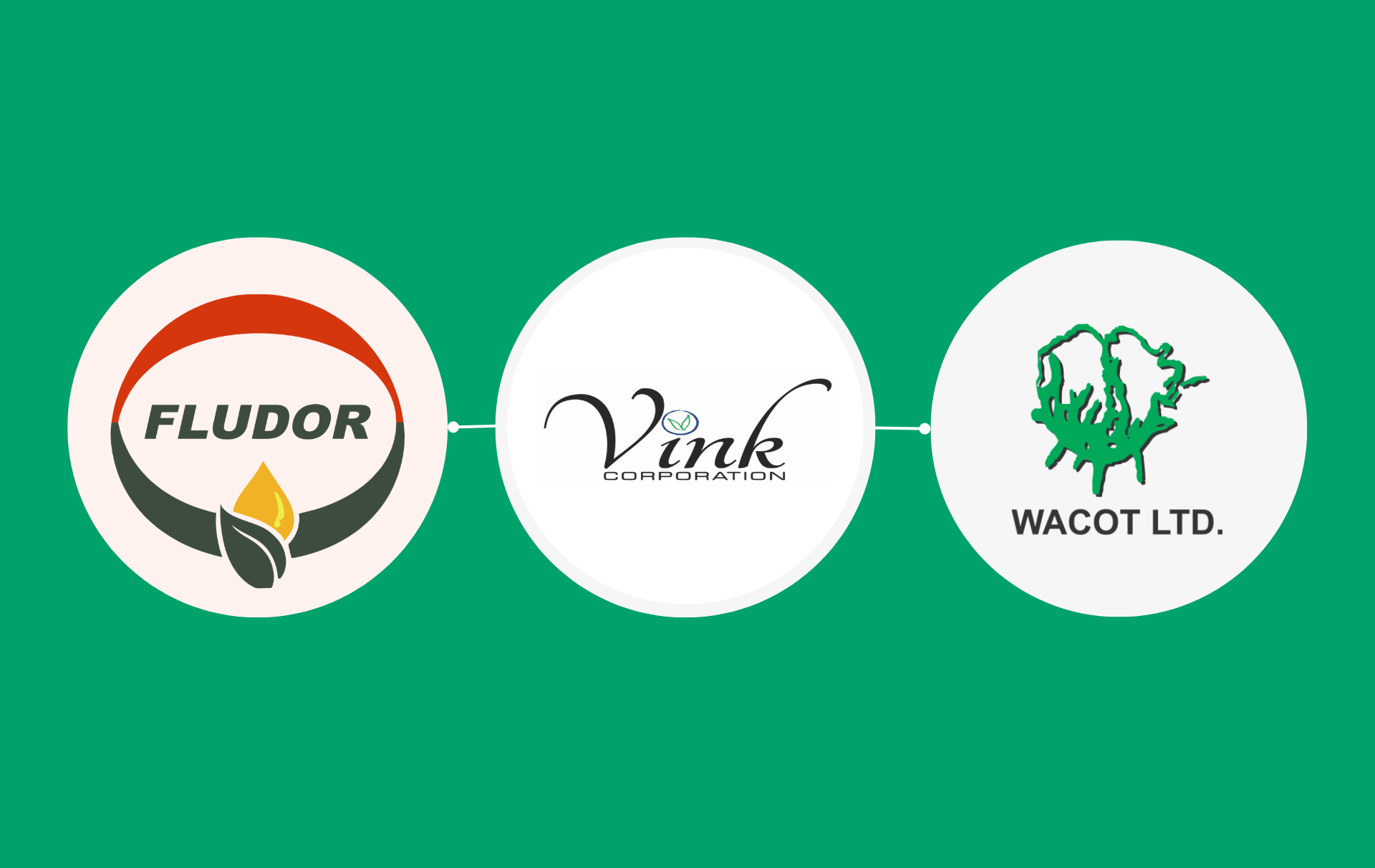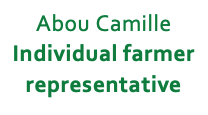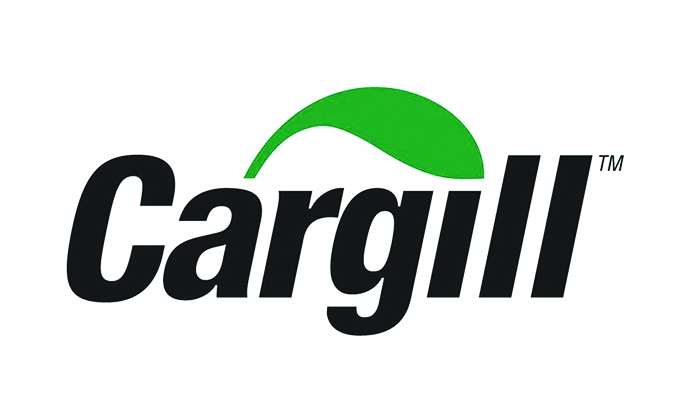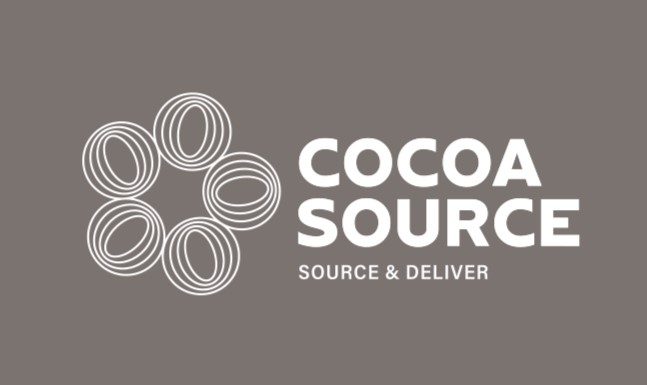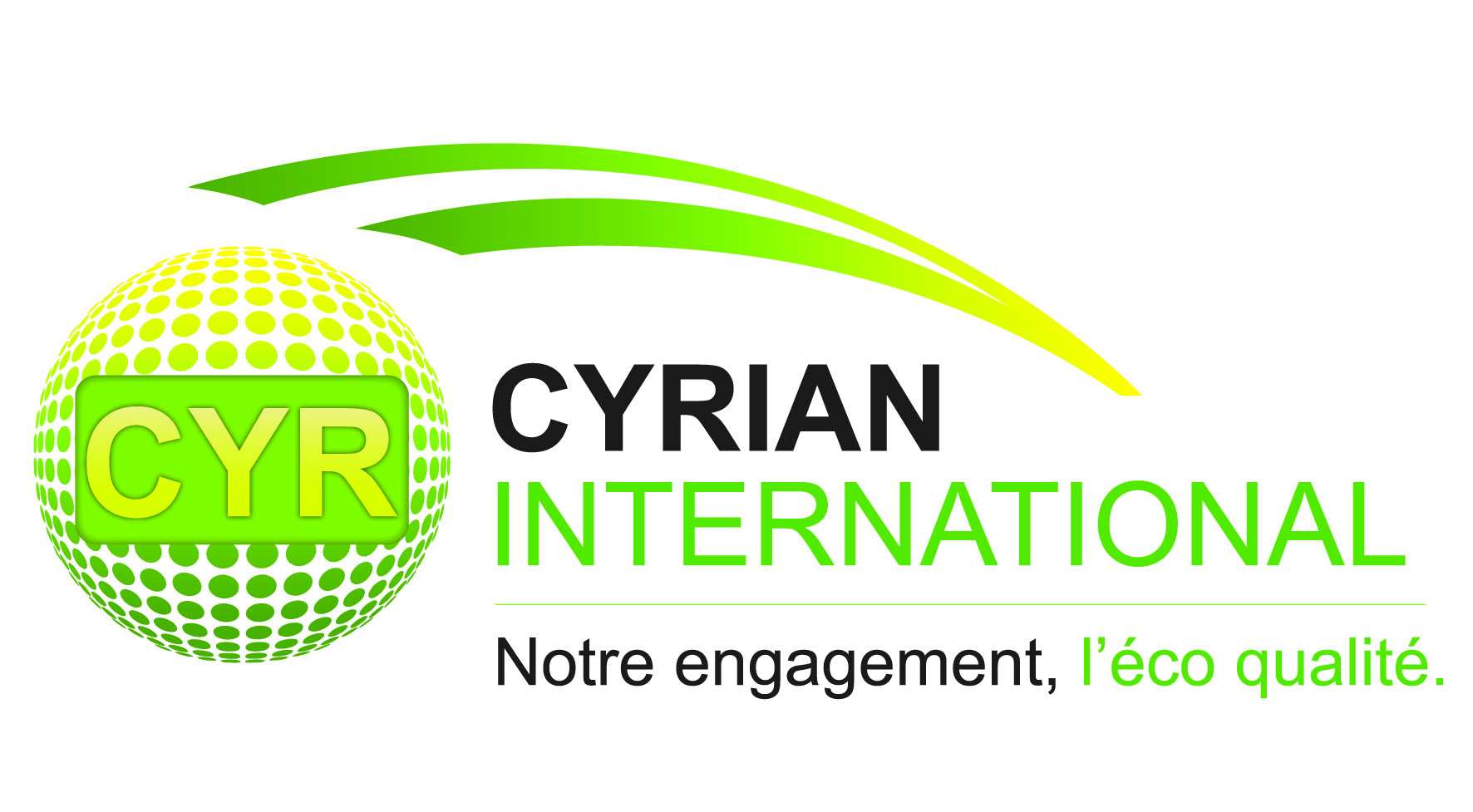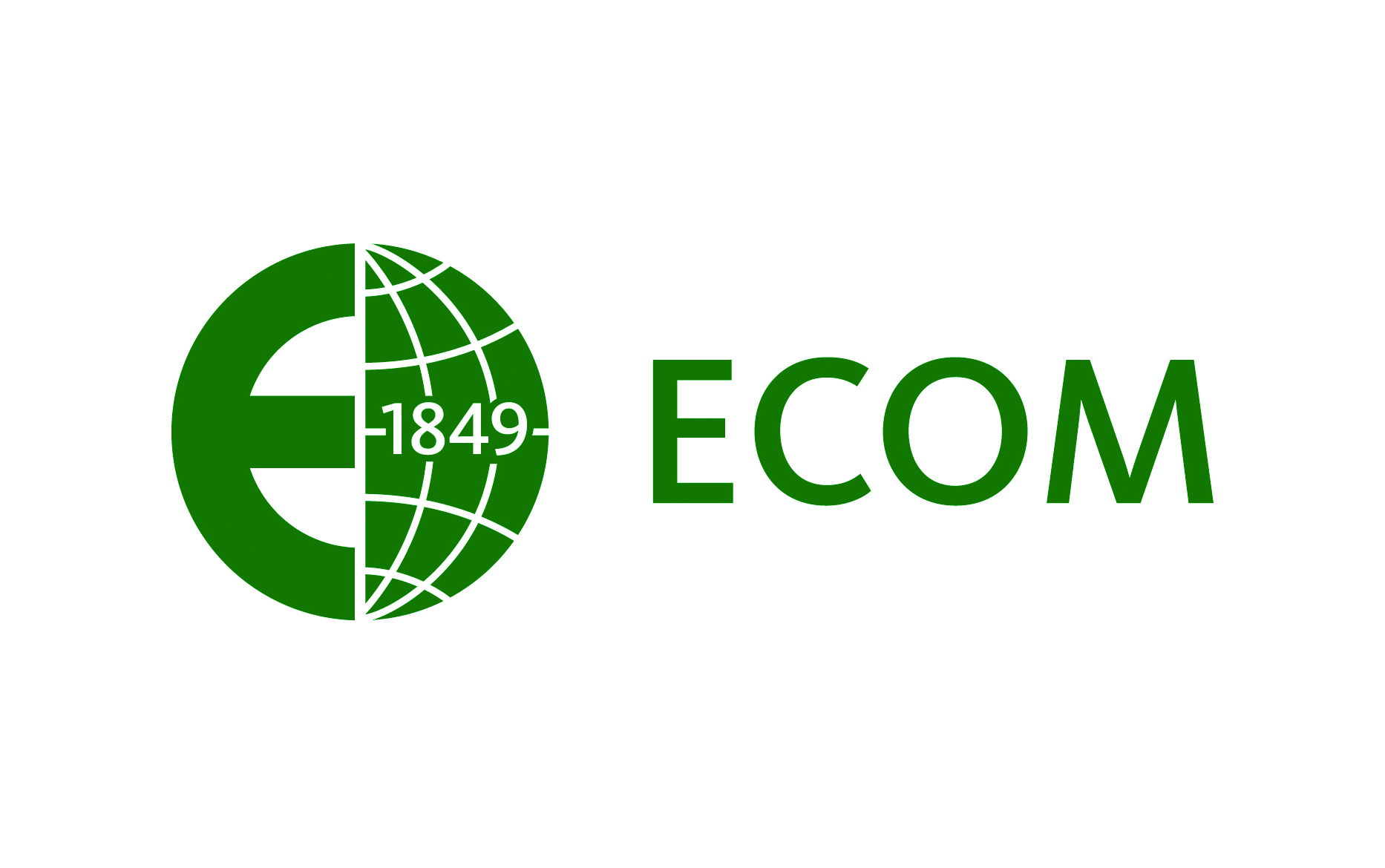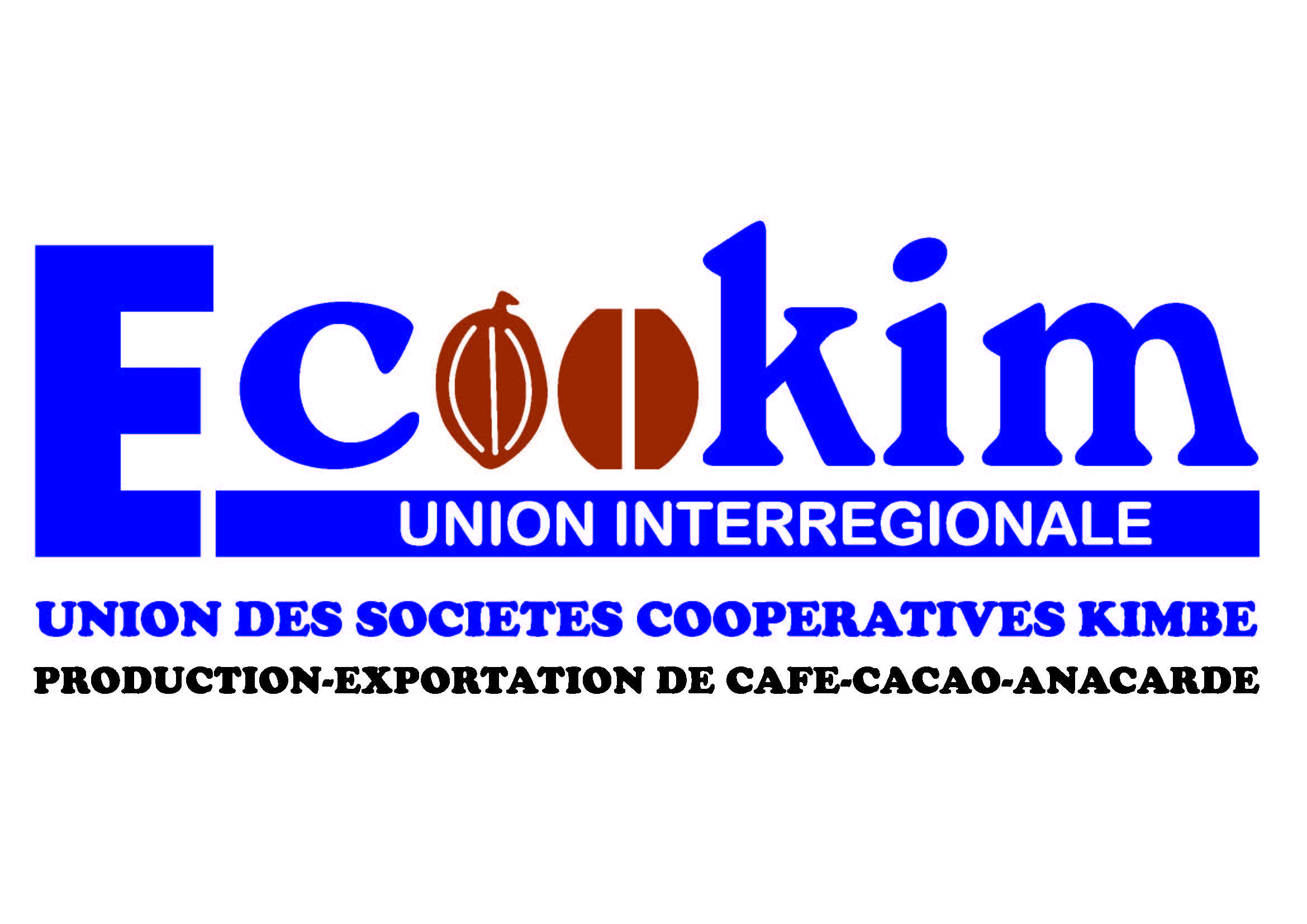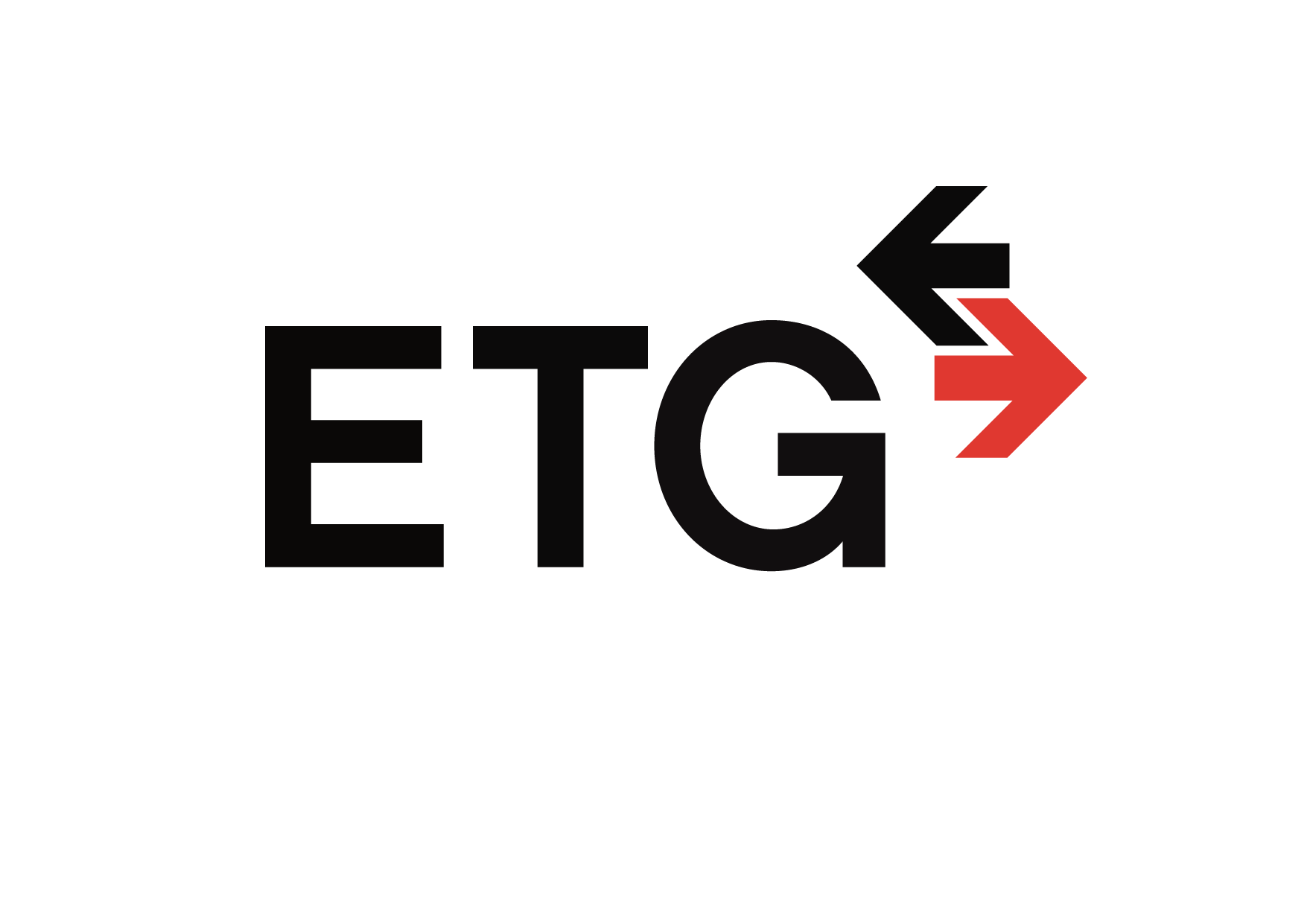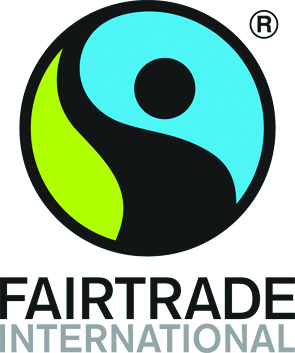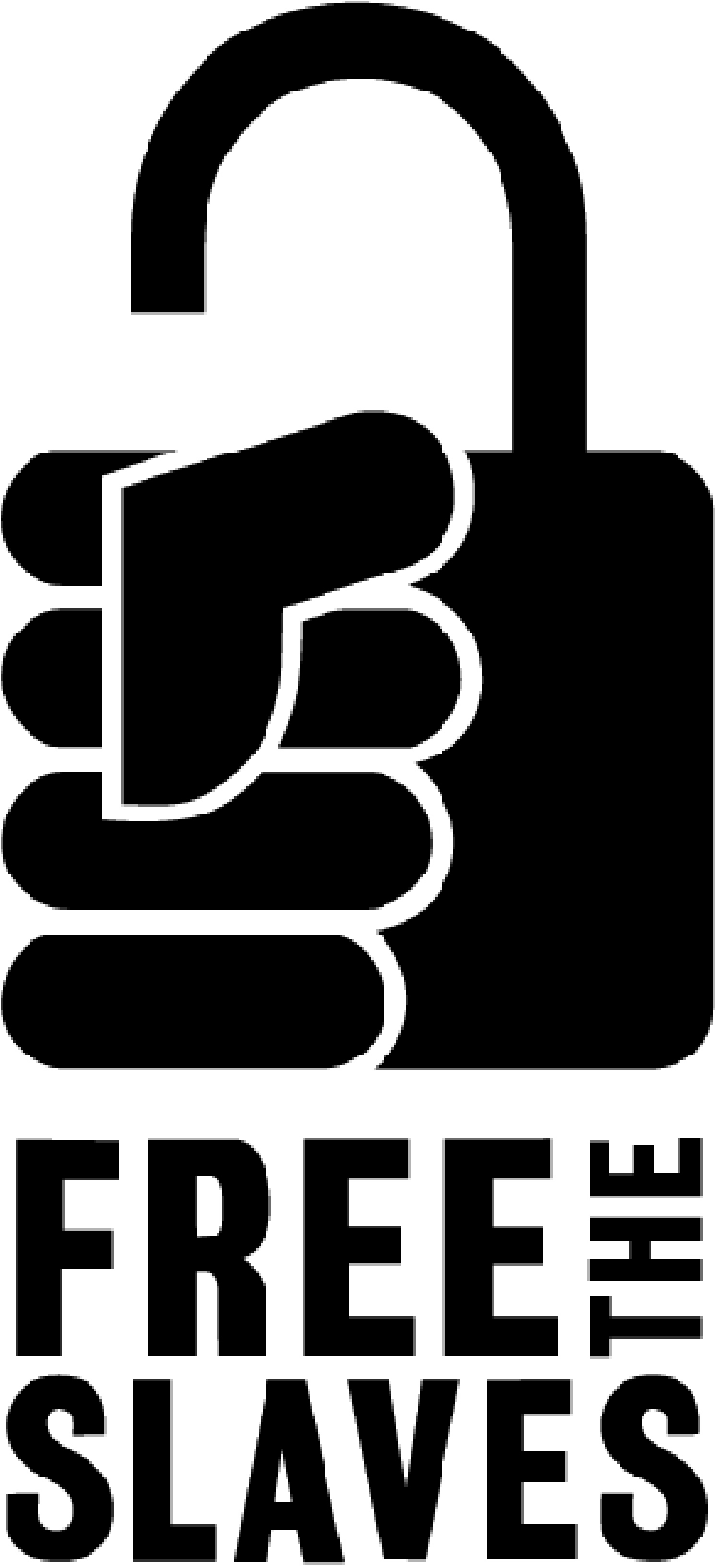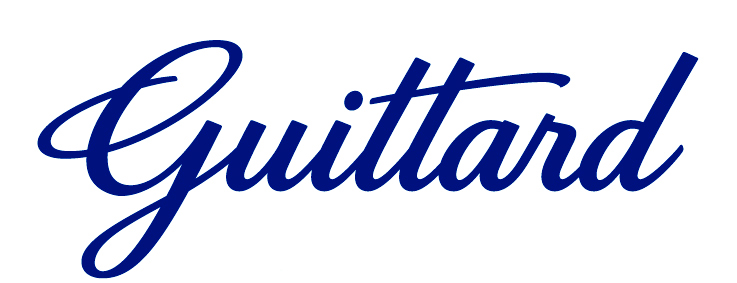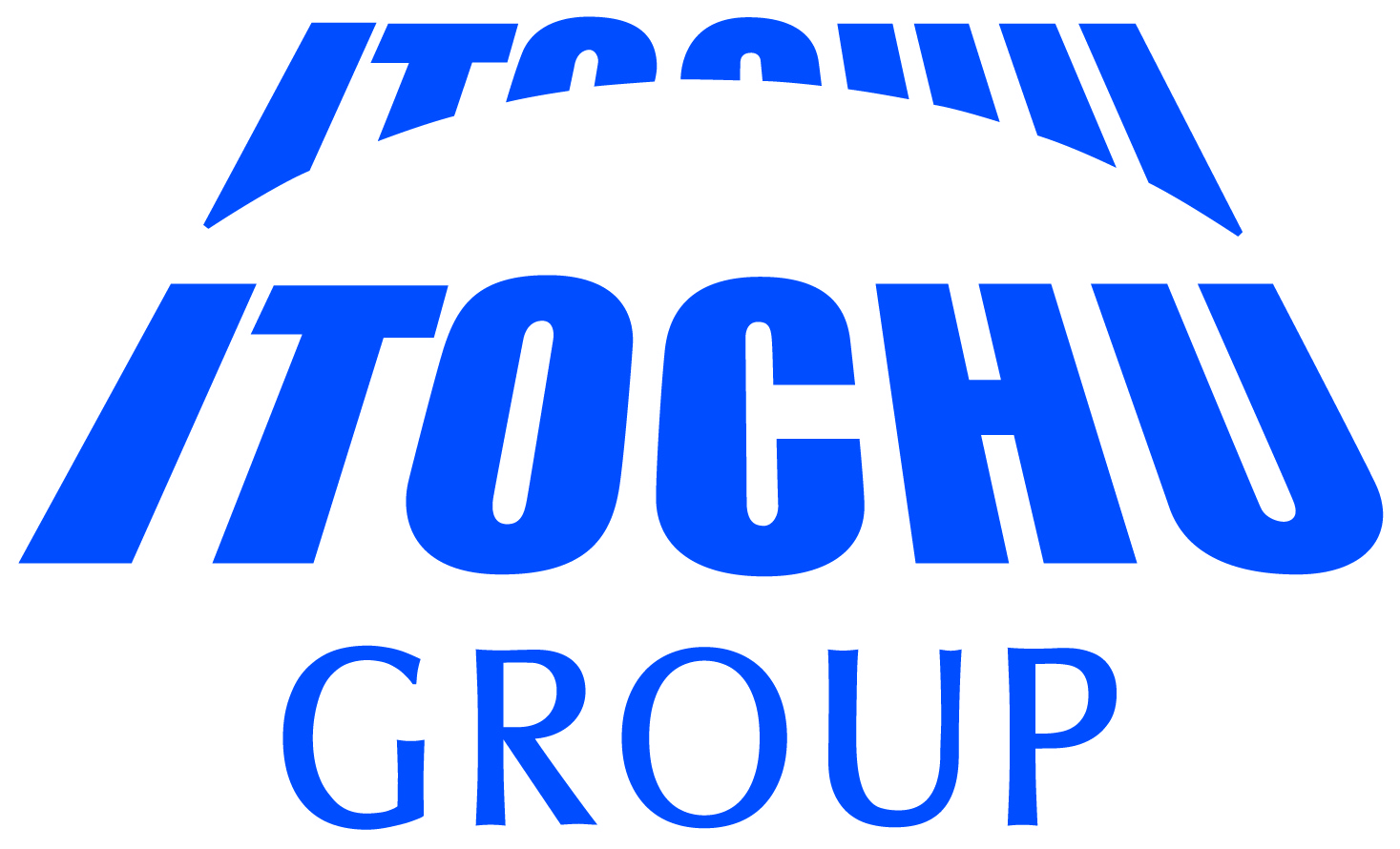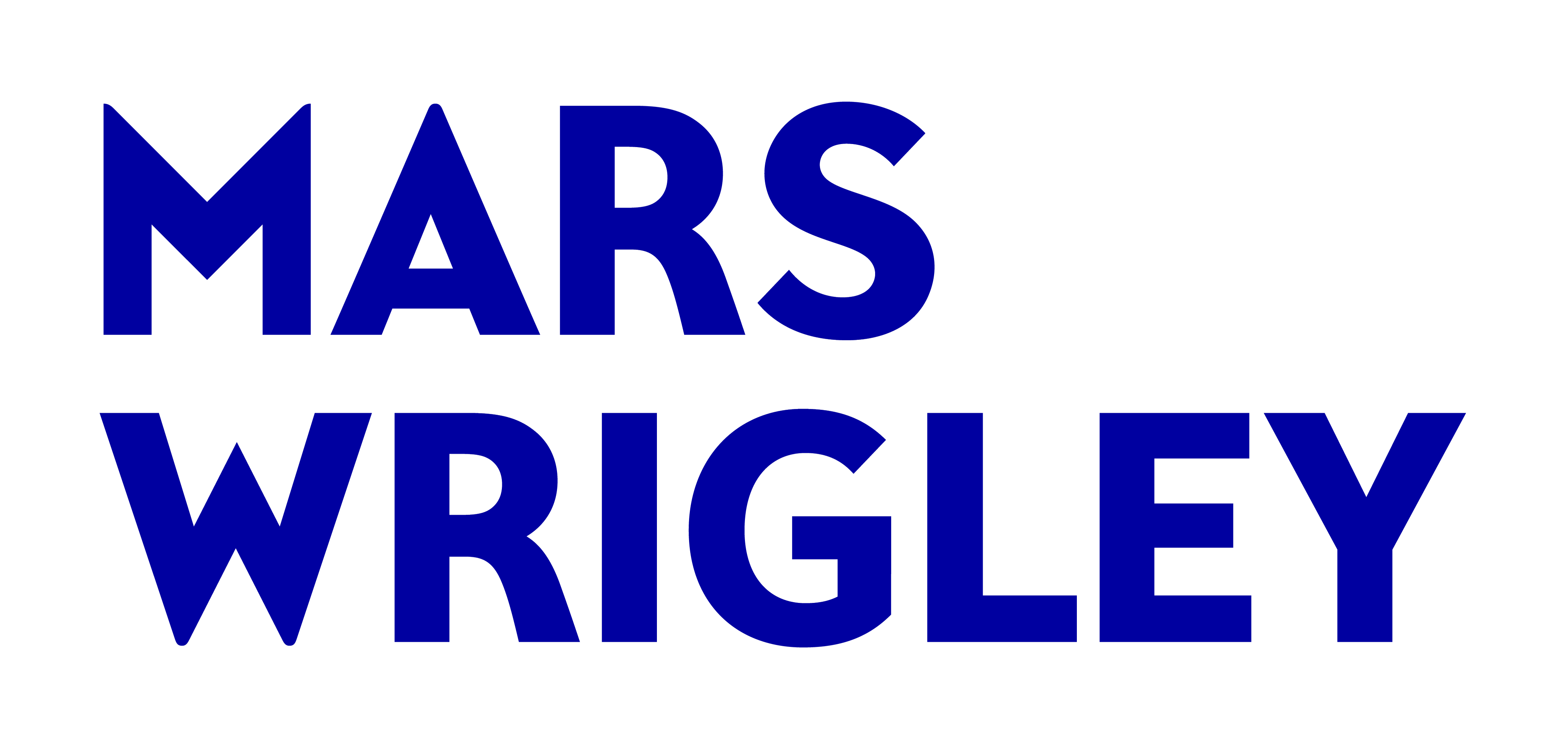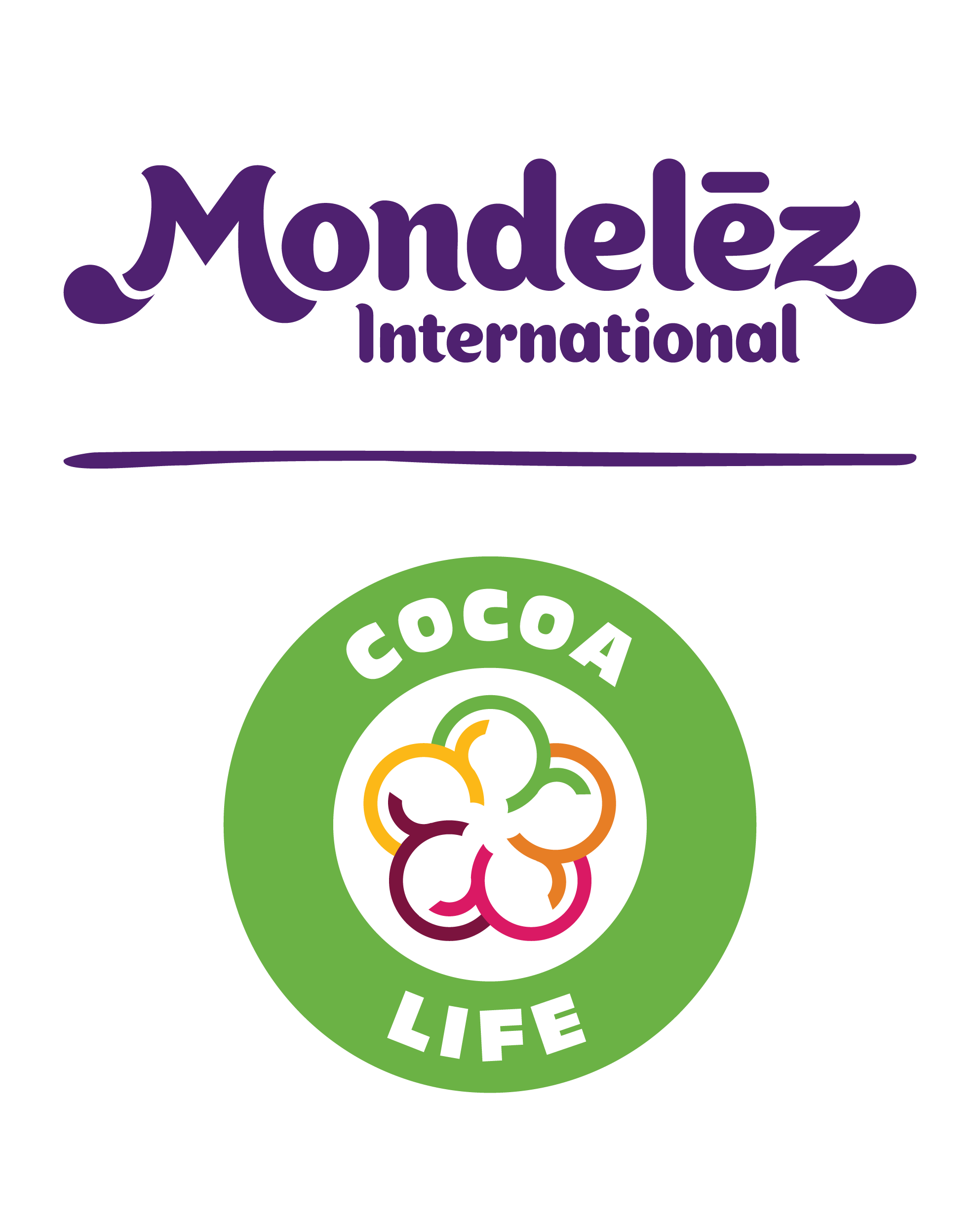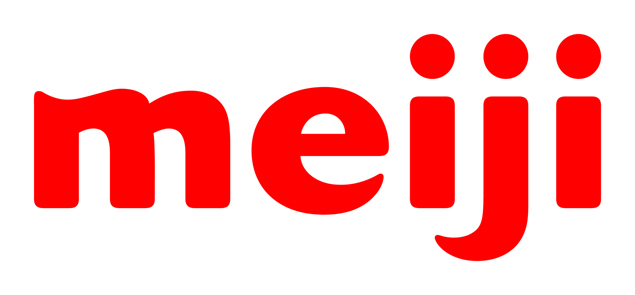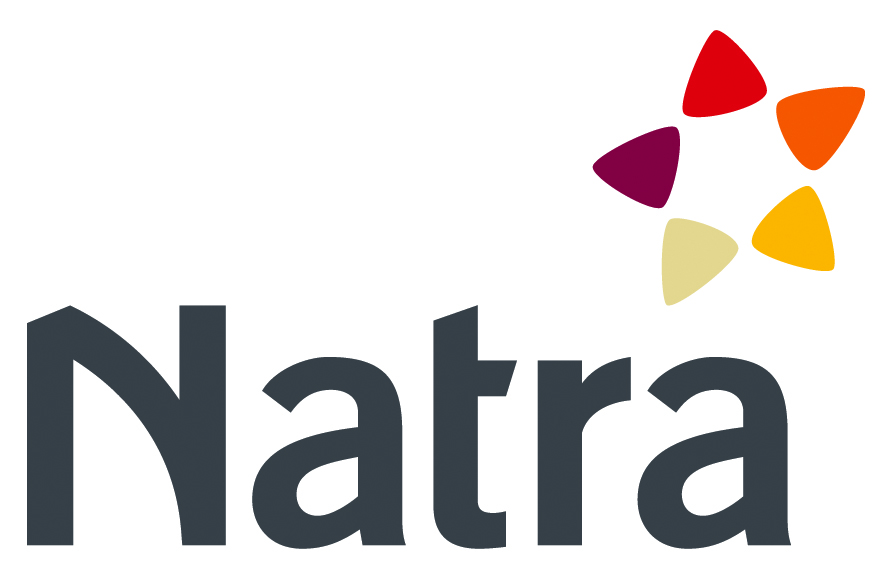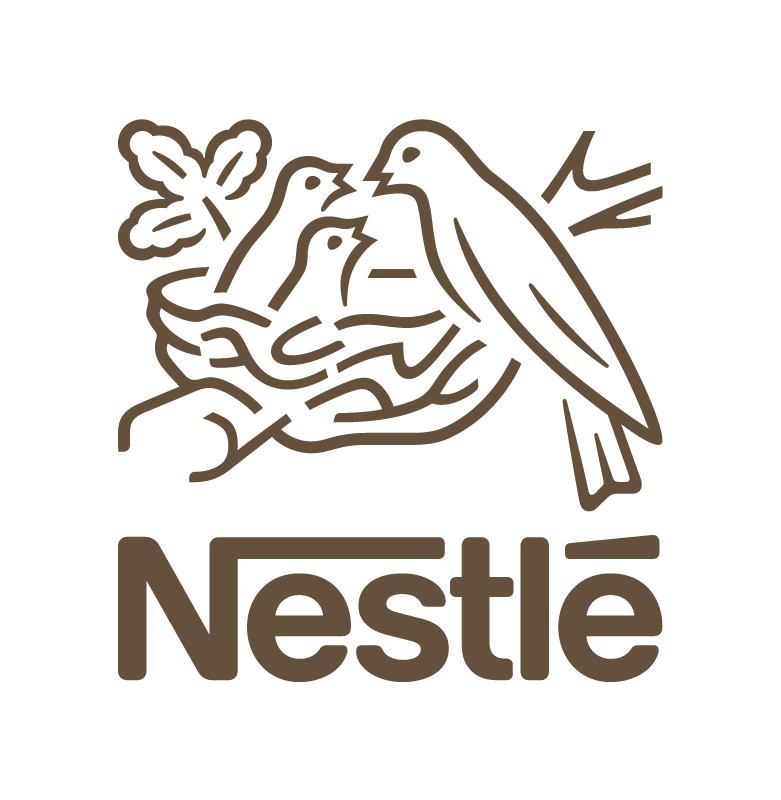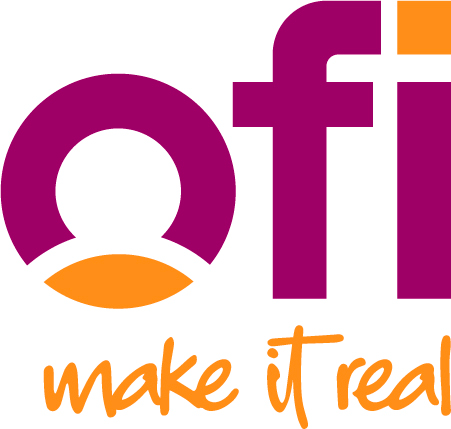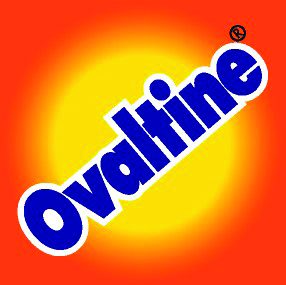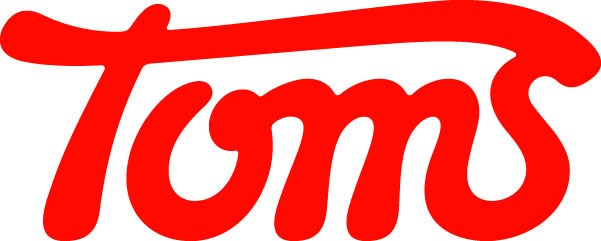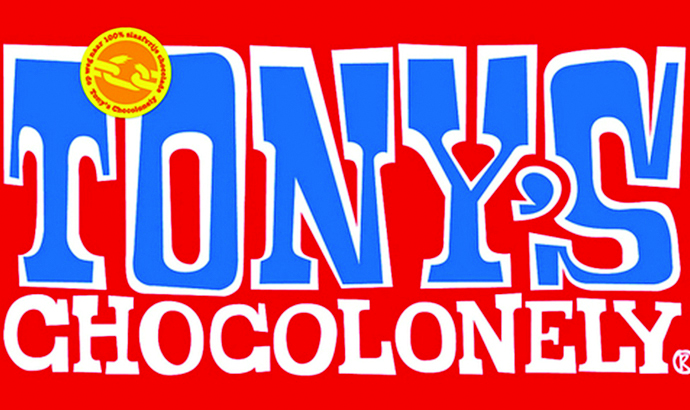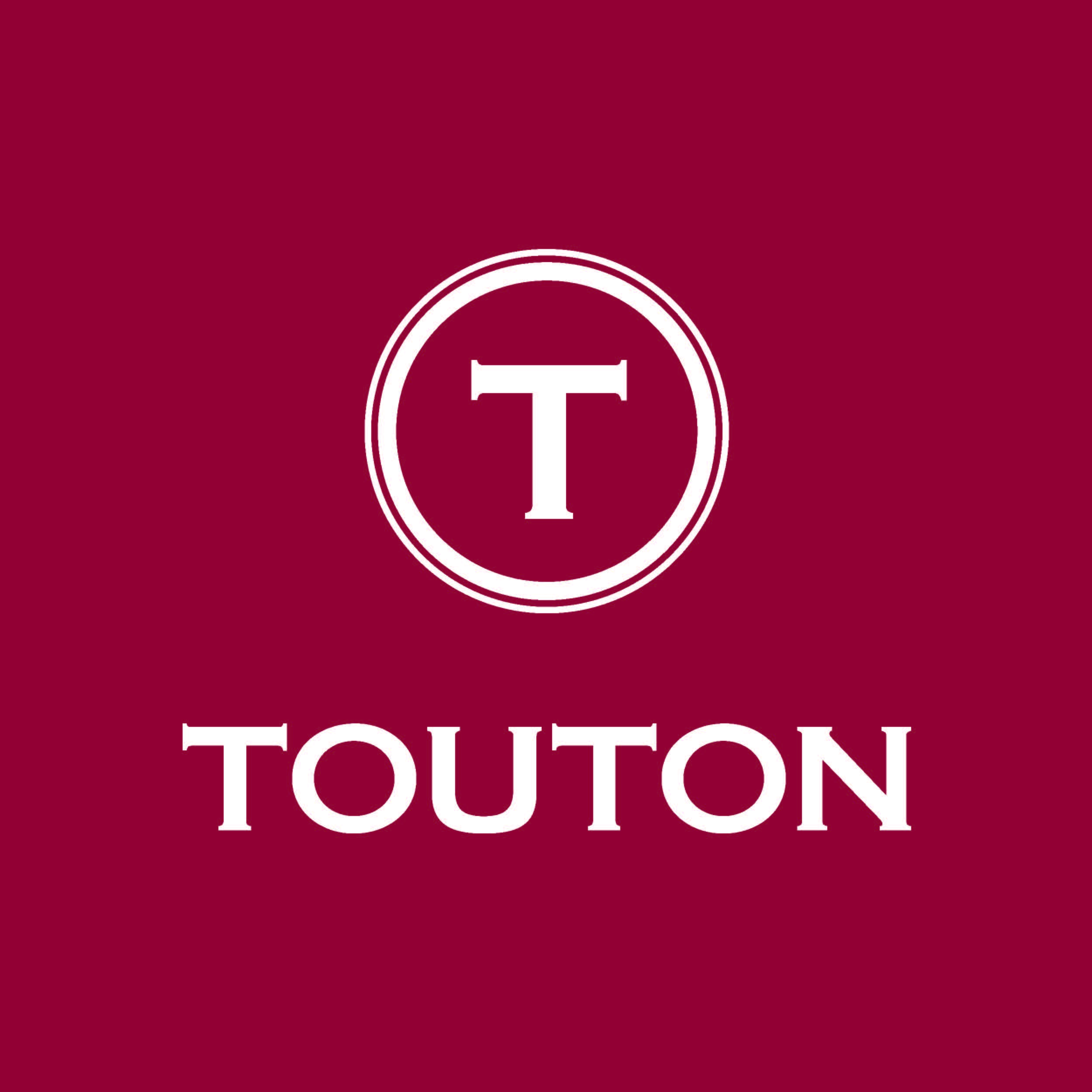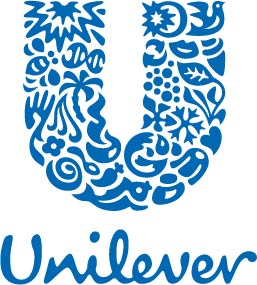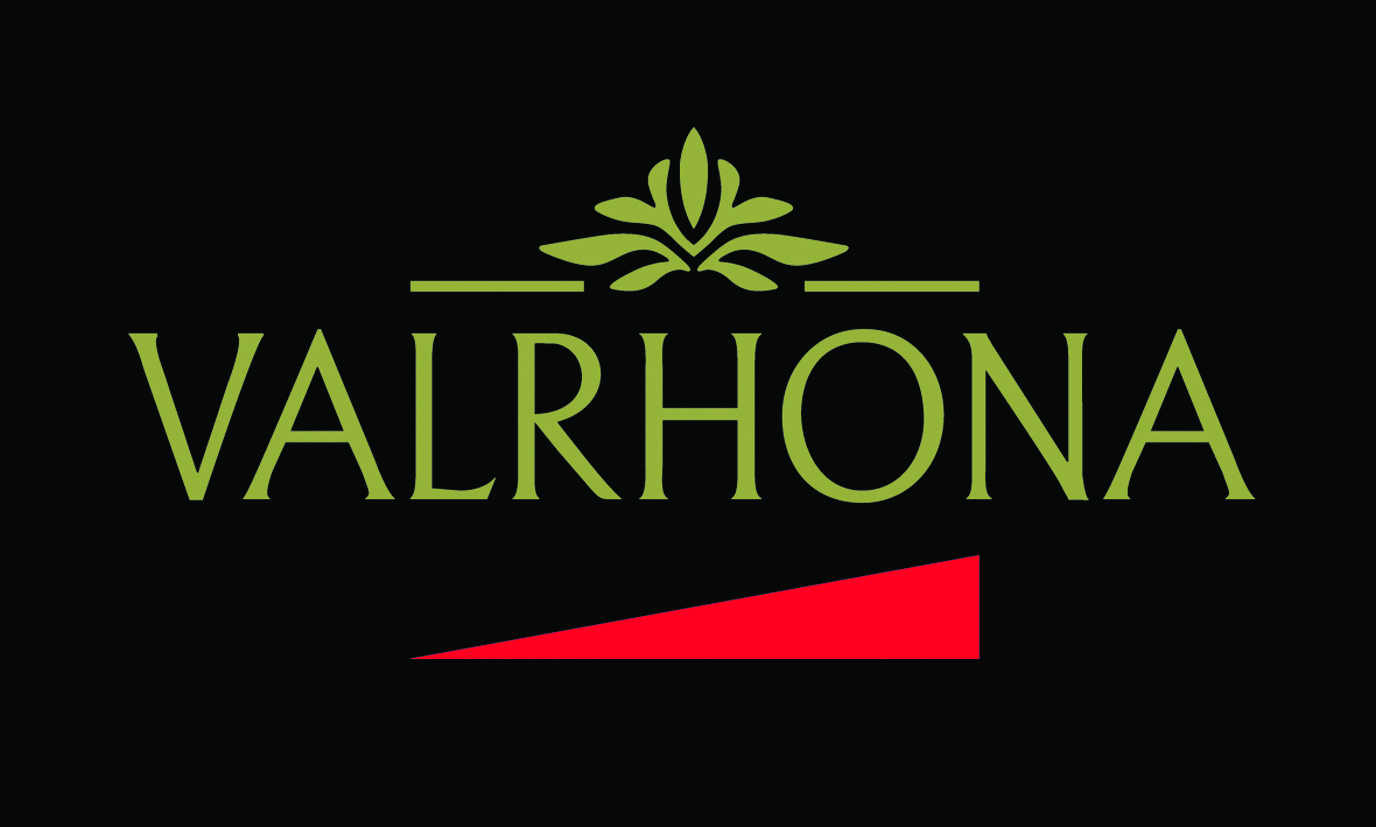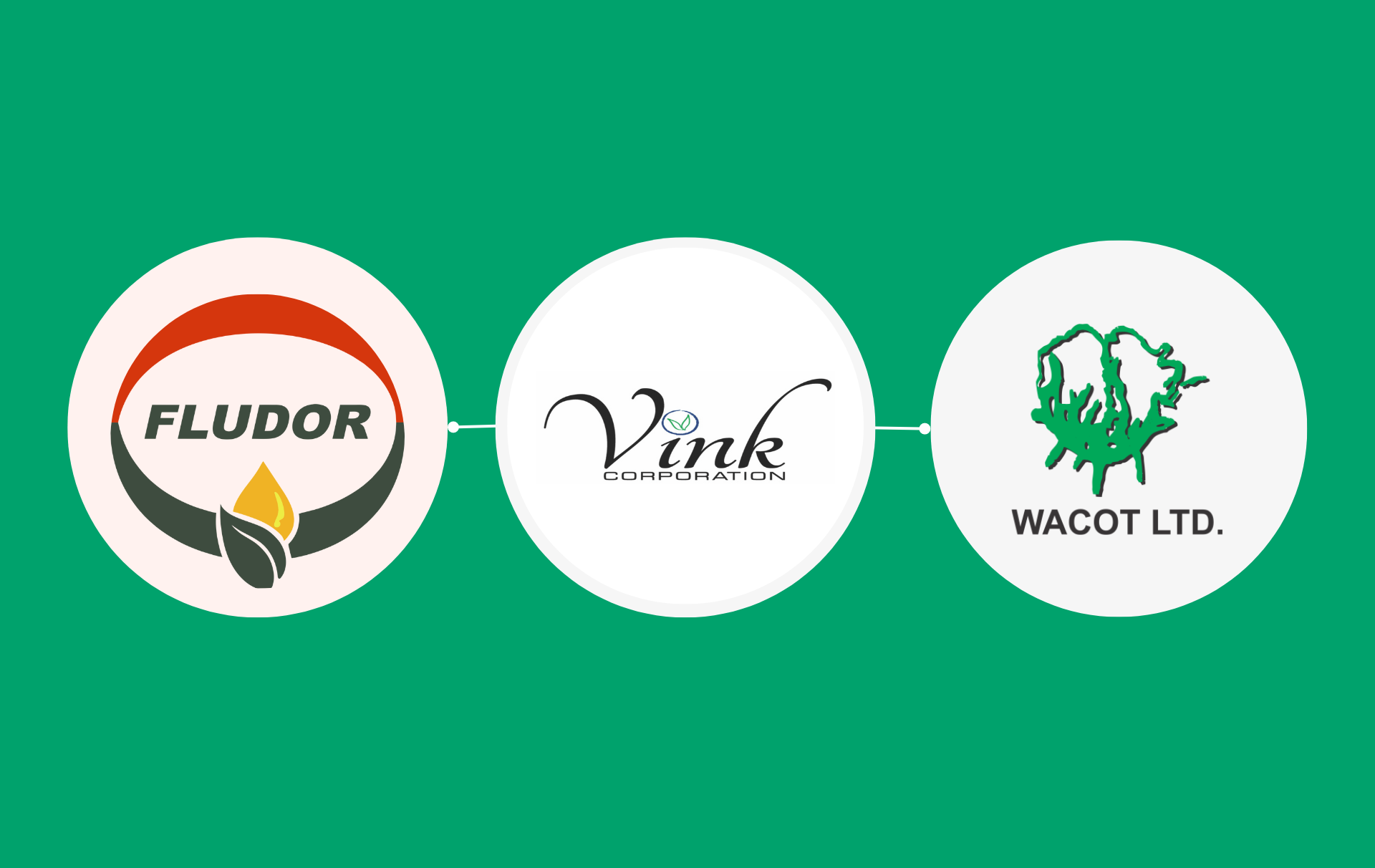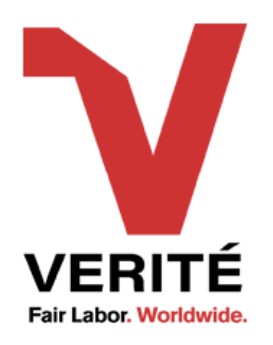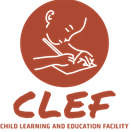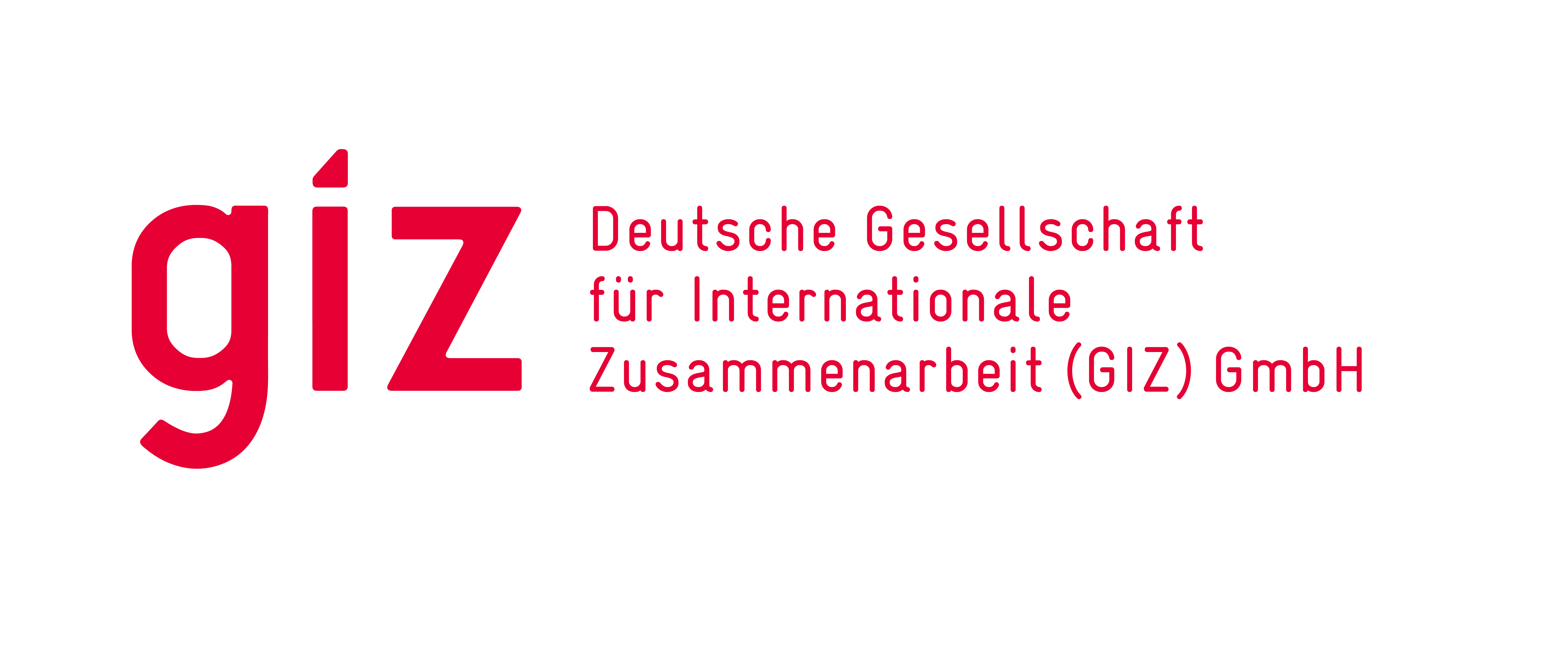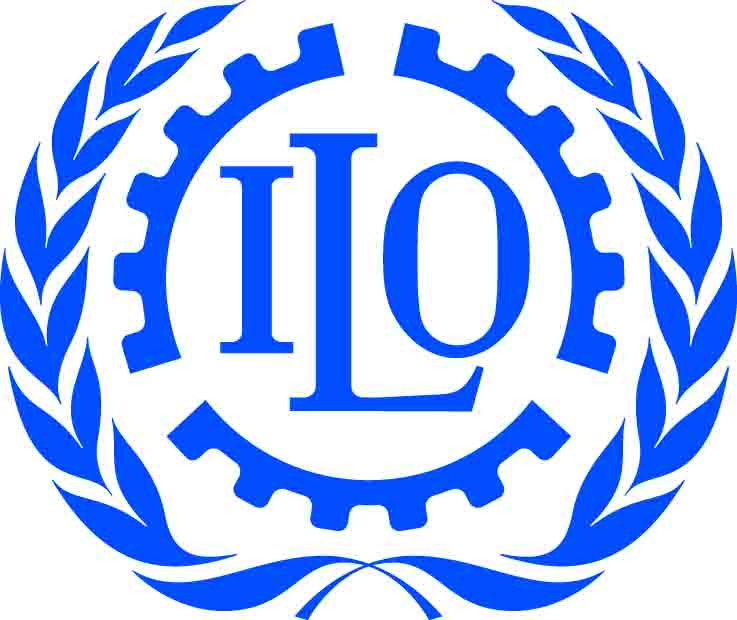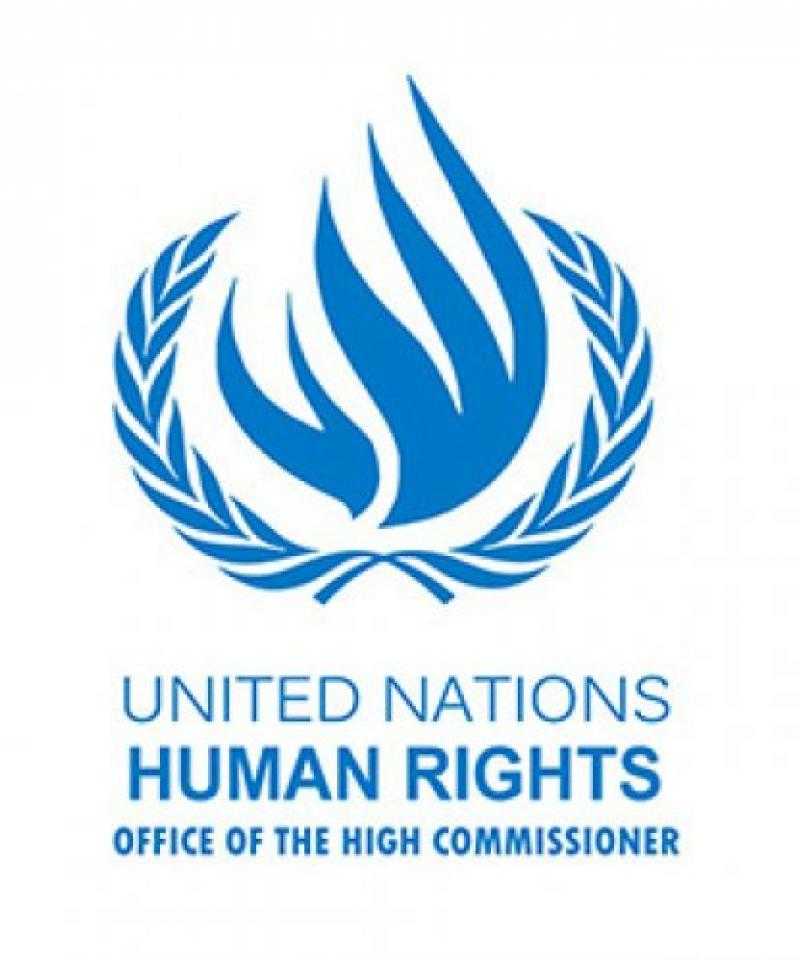Message from the Executive Director
In many ways, the past year has forced reflection across the sector. Towards the end of 2023, cocoa prices were already rising linked to supply shortages – a trend that has intensified significantly in the first part of 2024. While increased prices are a good thing for cocoa farmers, the bad harvests in West Africa coupled with higher costs of living and of production actually exacerbate farmer vulnerabilities in the short term, highlighting the need to redouble efforts to support cocoa farming families.
At the same time, discussions around mandatory human rights due diligence have evolved significantly in many jurisdictions, particularly the European Union, and scrutiny on agricultural supply chains has never been higher. For us, these reflections only reinforce the relevance of our three strategic objectives, responsible cocoa supply chains, a supportive enabling environment and coordinated approaches to tackle child labour and forced labour in cocoa.
Responsible supply chains
Our dedication to reach our ambitious, yet essential, goals has driven us to achieve meaningful progress.
By 2023, there’s been a significant scale up of systems to prevent and address child labour implemented by our members across industry and civil society in West Africa.
This is a significant achievement, and one on which we are happy to build, as we continue to collectively strengthen the effectiveness and improve the impact of these systems and advance the way child labour and forced labour are tackled in the cocoa sector.
In line with the objectives in our 2021-2026 Strategy, we are increasingly supporting others to put in place such systems (rather than doing it ourselves), as we believe this will help to maximise scale-up, so more cocoa-farming households can be supported. In addition, we continue to focus on improving existing approaches and testing new ones. By supporting our members to implement these systems themselves, we foster greater sustainability and scalability.
A supportive enabling environment
We know that responsible supply chains are only part of the solution. An enabling environment of policies, standards and regulation that help tackle child labour and forced labour is an important piece of the puzzle, and in 2023 we continued our work in policy and advocacy to this end. In 2023, the EU Corporate Sustainability Due Diligence Directive (CS3D), which requires companies to know what is happening in their supply chain and to address human rights risks, continued to progress (at the time of this report’s publication in June 2024 the CS3D has been validated). This is a great step forward and underlines the importance of responsible and transparent supply chains.
We have also continued to support national authorities in Côte d’Ivoire and Ghana in reinforcing the policy and institutional framework that supports efforts to tackle child labour and forced labour. For example, we have been pleased to work with the relevant authorities in Ghana to support the revision of their National Action Plan to tackle child labour, in addition to supporting various ministries in Ghana and Côte d’Ivoire to strengthen referral pathways and the provision of social services.
Coordinated approaches
As we know, no one actor alone can solve the problem of child labour or forced labour. Collaboration is the key to our success, and through coordinated approaches based on proven interventions we will continue to expand our efforts across the cocoa sector. During the year, in Ghana and Côte d’Ivoire, we continued work on our Landscape and Referral approaches, which aim to improve functional collaboration between multiple different actors in the same geographical area, in addition to working closely with cocoa-producing countries to improve the way private and public child labour monitoring systems can work together.
In addition, we continued to expand our network of members, proudly welcoming four new members in 2023, Ecookim, Fedco, Itochu, and Vink. Their joining signifies a strengthening of capacity and commitment to our shared goals.
We look forward to continuing to collaborate with key stakeholders, including civil society, industry and our governmental partners, to protect child and human rights in West Africa.
Matthias Lange, ICI Executive Director
